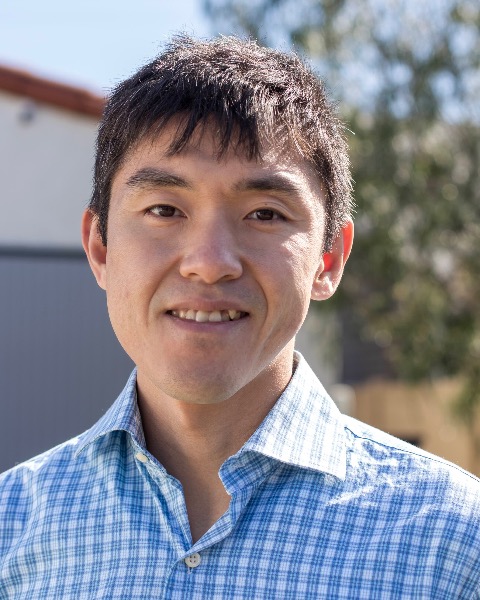Rapid Fire Abstracts
Cardiac and respiratory motion extraction at 0.55T with high-amplitude Pilot Tone (RF_FR_406)
- BT
Bilal Tasdelen
Doctoral Student
University of Southern California - BT
Bilal Tasdelen
Doctoral Student
University of Southern California - EY
Ecrin Yagiz, MSc
Ph.D. Student
University of Southern California 
Ye Tian, PhD
Research Assistant Professor
University of Southern California
Krishna S. Nayak, PhD
Dean's Professor
University of Southern California
Presenting Author(s)
Primary Author(s)
Co-Author(s)
Pilot Tone (PT) is a novel way of capturing cardiac and respiratory motion remotely [1-3] that can potentially replace ECG, bellows, and imaging navigators. This can reduce cost and complexity of CMR, improve patient comfort, and make it possible to perform cardiac gating on scanners that do not have an integrated ECG.
One known caveat is that PT performance is B0 field-dependent. Specifically, the PT navigator quality is proportional to resonance frequency and therefore B0 field strength. It is extremely challenging to extract weaker motion, e.g. cardiac motion, on mid- and low-field systems including 0.55T [4].
Here, we use high-amplitude pilot tone in combination with External Dynamic InTerference Estimation and Removal (EDITER) [5] to obtain cardiac and respiratory signals at 0.55T. We demonstrate extraction of reliable cardiac and respiratory motion, without significantly compromising image quality.
Methods:
The PT setup used a general-purpose signal generator (AFG3252, Tektronix) and an external dipole antenna positioned 1 meter away from the far end of the scanner (opposite to patient entry). The PT frequency was set to 400kHz away from the imaging frequency. EDITER [5] was used to estimate and subtract PT interference on the imaging data. The 3 most distant elements from the table-integrated spine coil were used as sniffer coils for interference estimation. Removal of PT was done as described in Solomon et al [4].
Experiments were performed using a whole-body 0.55T system (prototype MAGNETOM Aera,
Siemens Healthineers). Real-time images were acquired using a golden-angle spiral bSSFP sequence in Pulseq [6] with a TR of 5.46ms, flip angle 100°, and voxel size of 2 mm isotropic.
PT estimation and image reconstruction were performed offline in Matlab and BART[7]. View-sharing (VS) reconstruction used 55 arms/frame (308ms) and temporal finite difference (TFD) constrained reconstruction used 7 arms/frame (38ms). XD-GRASP reconstruction resolved 12 respiratory and 20 cardiac phases.
Results:
Figure 1 illustrates the effect of PT amplitude on image quality and gating jitter. As the amplitude increases, jitter decreases, but image signal-to-noise ratio (SNR) also decreases. A reasonable trade-off between artifacts and jitter was found at an amplitude of 0.4V.
Figure 2 illustrates validation of extracted respiratory and cardiac PT waveforms. Respiratory PT showed an excellent match with liver dome movement. Cardiac PT showed high correlation with the ECG reference. PT was able to capture irregular beats in this patient with cardiac arrhythmia.
Figure 3 demonstrates extreme motion states from XD-GRASP-like reconstruction, where the cardiac and respiratory motion states are separated using high-amplitude PT.
Conclusion:
High-amplitude pilot tone enables cardiac and respiratory gating at 0.55T. Residual artifacts are mitigated by EDITER, with a mild SNR penalty.

